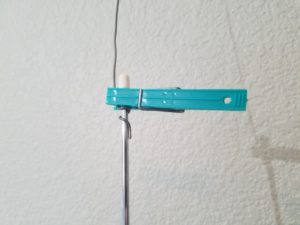Good Morning from my Robotics Lab! This is Shadow_8472, and today, I am printing a thin box frame the maximum size of my 3d Printer. Let’s get started.
Workflow wise, things were fairly straight forward, though in reality, things were overlapping, as usual. The workflow started with planning. I want a physical model of how big I am able to print. I toyed along the production line between Blender, Cura (the slicer), and the printer before settling for a squished “cube” that will scale to have 5mm edges and corners. A power outage during the night caused me to lose my model, but I was able to load my hollowed out cube again from a .stl file. Interestingly, it was converted to have triangular faces, so I had to turn it all back into quads before I could continue.
Meanwhile, my early cube prototypes’ rafts wouldn’t start out correctly. The extruder tip would start moving without the plastic sticking until a few inches down the line. This problem looks like the exact same one as when I printed 36 coins at once for the meetup with Tango a year ago. That time, I could just discard the malformed tokens, but this time, it’s a whole print depending on this line.
I’ve investigated the matter by learning enough G code to read the instructions the printer was following, and I get the idea it’s following them correctly. Link to a Wiki. I learned a bunch, but I literally don’t have anything to show for it this week. No cube, not even one on the printer. I’ve tested a number of theories, including retracted filament to goopy nosel. I’m out of time, but the first thing for next week is checking out the print bed, a factor I dismissed earlier on because of its resemblance to the coin problem earlier. I will say though, that I do have the bed a little lower than I have had it before, so that may be the case.
Another unsolved problem: Whenever the printer boots and I try printing the hollow cube, I’m finding the printer ratcheting when it tries going beyond its print range. I’ve had this happen a couple times, but it stabilizes after a couple false starts without me seemingly doing anything.
Final Question: Two: What’s with my delayed extrusion start? What’s with the printer glitching and self-correcting?


 I eventually got tired of the static and tried to fix it. The sliders on the front helped, but not enough. Touching the antenna seemed stabilized the signal almost perfectly, but no one seemed interested in standing there with an arm on the thing.
I eventually got tired of the static and tried to fix it. The sliders on the front helped, but not enough. Touching the antenna seemed stabilized the signal almost perfectly, but no one seemed interested in standing there with an arm on the thing.